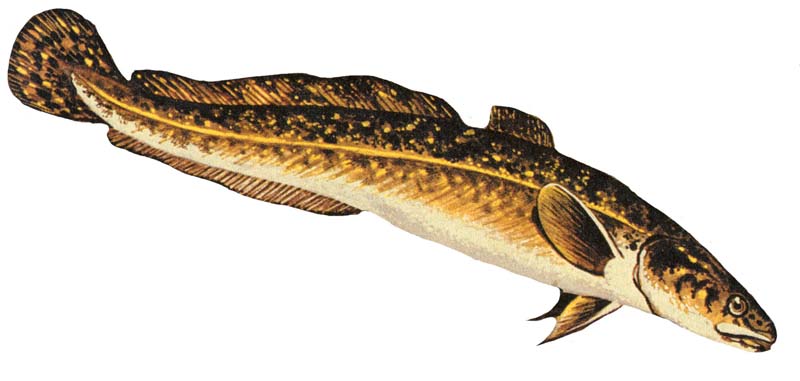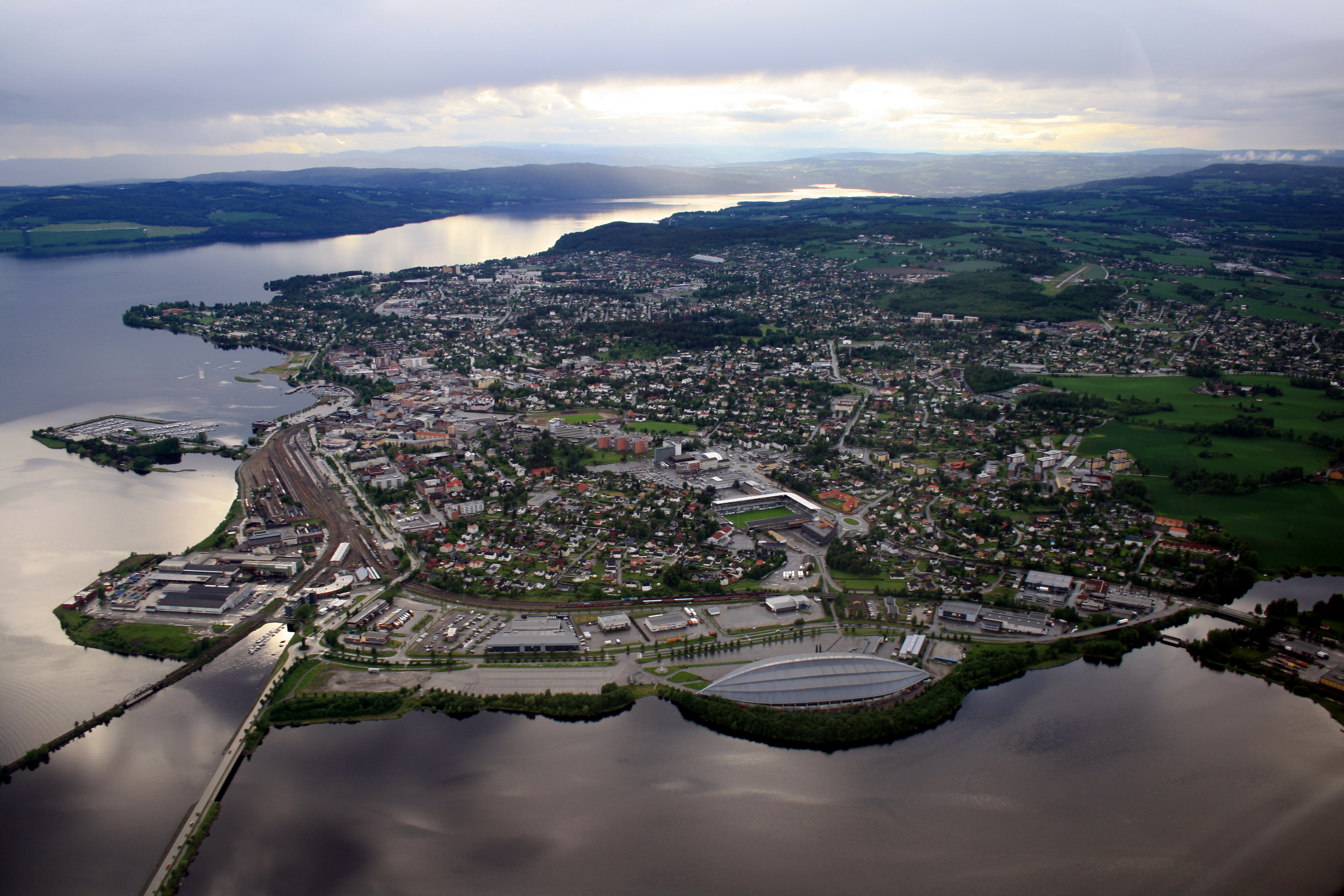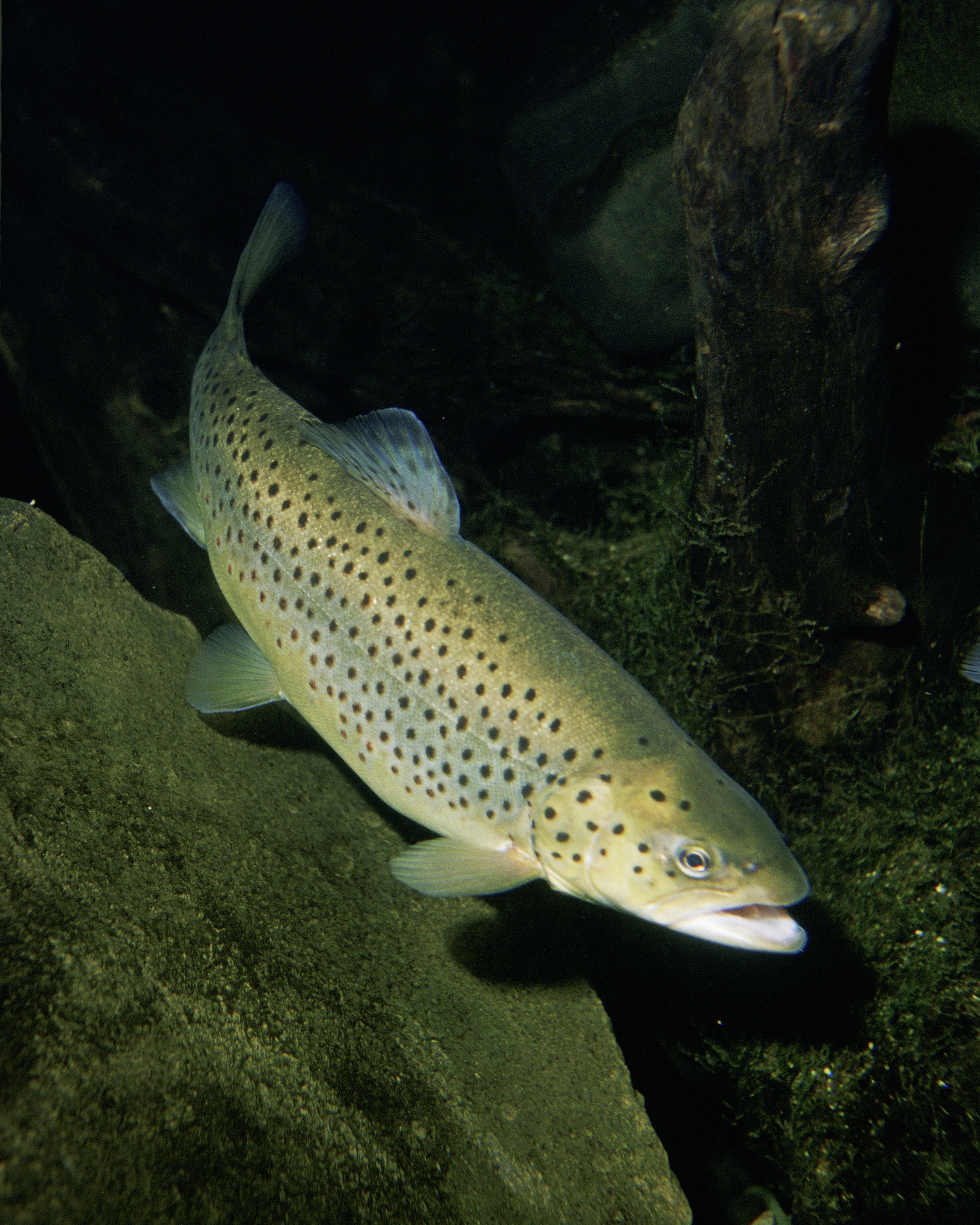|
Isteren
Isteren is a lake in Engerdal Municipality in Innlandet county, Norway. The lake lies to the southwest of the large lake Femunden and about northwest of the village of Drevsjø. Isteren is a lake with a large diversity of species. It is a popular fishing area, and the chances for the good catch is certainly present. In the summer of 2006, a trout weighing was caught with a rod from a small boat. It is also rich in whitefish, pike, perch, grayling, burbot and herring. Around the lake there are two fish mounds and some single cabins. The river Sømåa, originating from lake Langsjøen, flows into Isteren from the north. It is a river with a rich bird life, especially in the spring. Here one can observe rare species of migrating birds. See also *List of lakes in Norway This is a list of lakes and reservoirs in Norway, sorted by Counties of Norway, county. For the geography and history of lakes in that country, see Lakes in Norway, including: *Lakes in Norway#Largest lakes ... [...More Info...] [...Related Items...] OR: [Wikipedia] [Google] [Baidu] |
Engerdal Municipality
Engerdal is a List of municipalities of Norway, municipality in Innlandet county, Norway. It is located in the Traditional districts of Norway, traditional district of Østerdalen. The administrative centre of the municipality is the village of Engerdalen. Other villages in the municipality include Drevsjø, Elgå, Sømådal, and Sorken. The municipality is the 28th largest by area out of the 357 municipalities in Norway. Engerdal Municipality is the 311th most populous municipality in Norway with a population of 1,326. The municipality's population density is and its population has increased by 1.2% over the previous 10-year period. General information The new municipality of Engerdal was established on 1 January 1911. This new municipality was created by taking some of the land from the following existing municipalities: * of southeastern Tolga Municipality (population: 201) * of eastern Ytre Rendal Municipality (population: 311) * of eastern Øvre Rendal Municipality (popul ... [...More Info...] [...Related Items...] OR: [Wikipedia] [Google] [Baidu] |
List Of Lakes In Norway
This is a list of lakes and reservoirs in Norway, sorted by Counties of Norway, county. For the geography and history of lakes in that country, see Lakes in Norway, including: *Lakes in Norway#Largest lakes, List of largest lakes in Norway *Lakes in Norway#Deepest lakes, List of deepest lakes in Norway Akershus *Bjørkelangen (lake), Bjørkelangen *Bogstadvannet *Dælivannet *Engervannet *Hallangen *Hurdalsjøen *Lyseren *Mangen *Mjøsa *Øgderen *Østernvann *Øyangen (Gran) *Øyeren *Rødenessjøen *Setten Aust-Agder *Åraksfjorden *Blåsjø *Botnsvatnet *Botsvatn *Breidvatn *Byglandsfjorden *Fisstøylvatnet *Grøssæ *Gyvatn *Hartevatnet *Herefossfjorden *Holmavatnet (Vinje), Holmavatnet *Holmevatnet *Homstølvatnet *Hovatn *Høvringsvatnet *Kilefjorden *Kolsvatnet *Kvifjorden *Longerakvatnet *Måvatn *Myklevatnet *Nasvatn *Nelaug (lake), Nelaug *Nesvatn *Nystølfjorden *Ogge *Ormsavatnet *Østre Grimevann *Øyarvatnet *Ramvatn *Reinevatn *Rore (lake), Rore *Rosskreppfj ... [...More Info...] [...Related Items...] OR: [Wikipedia] [Google] [Baidu] |
Esox
''Esox'' is a genus of freshwater fish commonly known as pike or pickerel. It is the type genus of the family (biology), family Esocidae. The type species of the genus is ''Esox lucius'', the northern pike. ''Esox'' have a fossil record extending back to the Paleocene. Modern large pike species are native to the Palearctic and Nearctic realms, ranging across Northern America and from Western Europe to Siberia in North Asia. Pike have the elongated, torpedo-like shape typical of predatory fishes, with sharply pointed heads and sharp teeth. Their coloration is typically grey-green with a mottled or spotted appearance with stripes along their backs, providing camouflage among underwater weeds, and each individual pike marking patterns are unique like fingerprints. Pikes can grow to a maximum recorded length of , reaching a maximum recorded weight of 67lb 8oz. Etymology The generic name ''Esox'' (pike fish) derives from the Greek language, Greek ἴσοξ (''ee-soks'', a large f ... [...More Info...] [...Related Items...] OR: [Wikipedia] [Google] [Baidu] |
Bird Migration
Bird migration is a seasonal movement of birds between breeding and wintering grounds that occurs twice a year. It is typically from north to south or from south to north. Animal migration, Migration is inherently risky, due to predation and mortality. The Arctic tern holds the long-distance migration record for birds, travelling between Arctic breeding grounds and the Antarctic each year. Some species of Procellariiformes, tubenoses, such as albatrosses, circle the Earth, flying over the southern oceans, while others such as Manx shearwaters migrate between their northern breeding grounds and the southern ocean. Shorter migrations are common, while longer ones are not. The shorter migrations include altitudinal migrations on mountains, including the Andes and Himalayas. The timing of migration seems to be controlled primarily by changes in day length. Migrating birds navigate using celestial cues from the Sun and stars, the Earth's magnetic field, and mental maps. Histor ... [...More Info...] [...Related Items...] OR: [Wikipedia] [Google] [Baidu] |
Herring
Herring are various species of forage fish, belonging to the Order (biology), order Clupeiformes. Herring often move in large Shoaling and schooling, schools around fishing banks and near the coast, found particularly in shallow, temperate waters of the North Pacific Ocean, North Pacific and North Atlantic Oceans, including the Baltic Sea, as well as off the west coast of South America. Three species of ''Clupea'' (the type genus of the herring family Clupeidae) are recognised, and comprise about 90% of all herrings captured in fisheries. The most abundant of these species is the Atlantic herring, which comprises over half of all herring capture. Fish called herring are also found in the Arabian Sea, Indian Ocean, and Bay of Bengal. Herring played an important role in the history of marine fisheries in Europe, and early in the 20th century, their study was fundamental to the development of fisheries science. These oily fish also have a long history as an important food fish, and ... [...More Info...] [...Related Items...] OR: [Wikipedia] [Google] [Baidu] |
Burbot
The burbot (''Lota lota''), also known as bubbot, mariah, loche, cusk, freshwater cod, freshwater ling, freshwater cusk, the lawyer, coney-fish, lingcod, or eelpout, is a species of coldwater ray-finned fish native to the subarctic regions of the Northern hemisphere. It is the only member of the genus ''Lota'', and is the only freshwater species of the order Gadiformes. The species is closely related to marine fish such as the common ling and cusk, all of which belong to the family Lotidae (rocklings). Etymology The name burbot comes from the Latin word ''barba'', meaning beard, referring to its single chin whisker, or barbel. Its generic and specific names, ''Lota lota'', comes from the old French ''lotte'' fish, which is also named "barbot" in Old French. Description With an appearance like a cross between a catfish and an eel, the burbot has a serpent-like body, but is easily distinguished by a single barbel on the chin. The body is elongated and laterally compress ... [...More Info...] [...Related Items...] OR: [Wikipedia] [Google] [Baidu] |
Thymallus
''Thymallus'', commonly known as graylings, is a genus of freshwater ray-finned fish and the only genus within the subfamily Thymallinae of the family Salmonidae. Although all ''Thymallus'' species can be generically called graylings, without specific qualification the term "grayling" typically refers to the type species '' Thymallus thymallus'', the European grayling. Name The name of the genus ''Thymallus'' first given to grayling (''T. thymallus'') described in the 1758 edition of ''Systema Naturae'' by Swedish zoologist Carl Linnaeus originates from the faint smell of the herb thyme, which emanates from the flesh. ''Thymallus'' derives from the Greek θύμαλλος, "thyme smell". Species According to FishBase, 14 species are placed in this genus. However, views differ on their taxonomic rank. * '' Thymallus arcticus'' ( Pallas, 1776) - Arctic grayling * '' Thymallus baicalensis'' Dybowski, 1874 - Baikal black grayling * '' Thymallus brevipinnis'' Svetovid ... [...More Info...] [...Related Items...] OR: [Wikipedia] [Google] [Baidu] |
Perch
Perch is a common name for freshwater fish from the genus ''Perca'', which belongs to the family Percidae of the large order Perciformes. The name comes from , meaning the type species of this genus, the European perch (''P. fluviatilis''). Many species of freshwater game fish more or less resemble perch, but belong to different genera. In fact, the exclusively saltwater-dwelling red drum (which belong to a different order Acanthuriformes) is often referred to as a "red perch", though by definition perch are freshwater species. Though many fish are referred to as perch as a common name, to be considered a true perch, the fish must be of the family Percidae. Species Most authorities recognize three species within the perch genus: * The European perch (''P. fluviatilis'') is primarily found in Europe, but a few can also be found in South Africa, and even as far east on the Southern hemisphere as Australia. This species is typically greenish in color with dark vertical ba ... [...More Info...] [...Related Items...] OR: [Wikipedia] [Google] [Baidu] |
Whitefish (fisheries Term)
Whitefish or white fish is a fisheries term for several species of demersal fish with fins, particularly Atlantic cod (''Gadus morhua''), whiting (fish), whiting (''Merluccius bilinearis''), haddock (''Melanogrammus aeglefinus''), Phycidae, hake (''Urophycis''), and pollock (''Pollachius''), among others. Whitefish live on or near the seafloor, and can be contrasted with the Oily fish, oily or pelagic fish, which live away from the seafloor. Whitefish do not have much fish oil, oil in their tissue, and have flakier white or light-coloured flesh. Most of the oil found in their bodies is concentrated in the organs, e.g. cod liver oil. Whitefish can be divided into benthopelagic fish (round fish that live ''near'' the sea bed, such as cod and Coley (fish), coley) and benthic fish (which live ''on'' the sea bed, such as flatfish like plaice). Whitefish is sometimes eaten straight but is often used reconstituted for fishsticks, gefilte fish, lutefisk, surimi (imitation crab meat), e ... [...More Info...] [...Related Items...] OR: [Wikipedia] [Google] [Baidu] |
Innlandet
Innlandet is a Counties of Norway, county in Norway. It was created on 1 January 2020 with the merger of the old counties of Oppland and Hedmark (Jevnaker Municipality and Lunner Municipality were transferred to the neighboring county of Viken (Norwegian county), Viken on the same date). The new county has an area of , making it the largest county in Norway after the division of the old Troms og Finnmark county in 2024. The region was known as Opplandene or Opplanda since the middle ages. Historically part of Akershus, Oplandene County existed from 1757 to 1781, when it was divided into Christians County and Hedemarken County, also known as Western and Eastern Oplandene. In 1919 the two counties were renamed Oppland and Hedmark, and in 2020 they were again merged under the name Innlandet (with the exception of Jevnaker Municipality and Lunner Municipality, which went to the new county of Viken (county), Viken). This present name is a newly constructed name with no historical basi ... [...More Info...] [...Related Items...] OR: [Wikipedia] [Google] [Baidu] |
Trout
Trout (: trout) is a generic common name for numerous species of carnivorous freshwater ray-finned fishes belonging to the genera '' Oncorhynchus'', ''Salmo'' and ''Salvelinus'', all of which are members of the subfamily Salmoninae in the family Salmonidae. The word ''trout'' is also used for some similar-shaped but non-salmonid fish, such as the spotted seatrout/speckled trout (''Cynoscion nebulosus'', which is actually a croaker). Trout are closely related to salmon and have similar migratory life cycles. Most trout are strictly potamodromous, spending their entire lives exclusively in freshwater lakes, rivers and wetlands and migrating upstream to spawn in the shallow gravel beds of smaller headwater creeks. The hatched fry and juvenile trout, known as ''alevin'' and ''parr'', will stay upstream growing for years before migrating down to larger waterbodies as maturing adults. There are some anadromous species of trout, such as the steelhead (a coastal subs ... [...More Info...] [...Related Items...] OR: [Wikipedia] [Google] [Baidu] |
Drevsjø
Drevsjø is a village in Engerdal Municipality in Innlandet county, Norway. It is located about north of the village of Engerdalen and about southeast of the village of Sorken. The village takes its name from the lake Drevsjø which lies near the village. The Drevsjø Church is located in the village. The village has some commercial businesses serving the municipality such as grocery stores plus a large sawmill. The village has a population (2024) of 306 and a population density of . Drevsjø is well known for its natural environment and its fishing opportunities. It is only 60 minutes from one of Scandinavia's biggest alpine centres, Trysilfjellet. The village has several recreational facilities including a tennis court, football pitch, and a car racing track. The village is the site of the Blokkodden Villmarksmuseum, an open-air museum presenting the history of the use of the natural world since the 18th century. The village has several municipal and state institutions ... [...More Info...] [...Related Items...] OR: [Wikipedia] [Google] [Baidu] |








